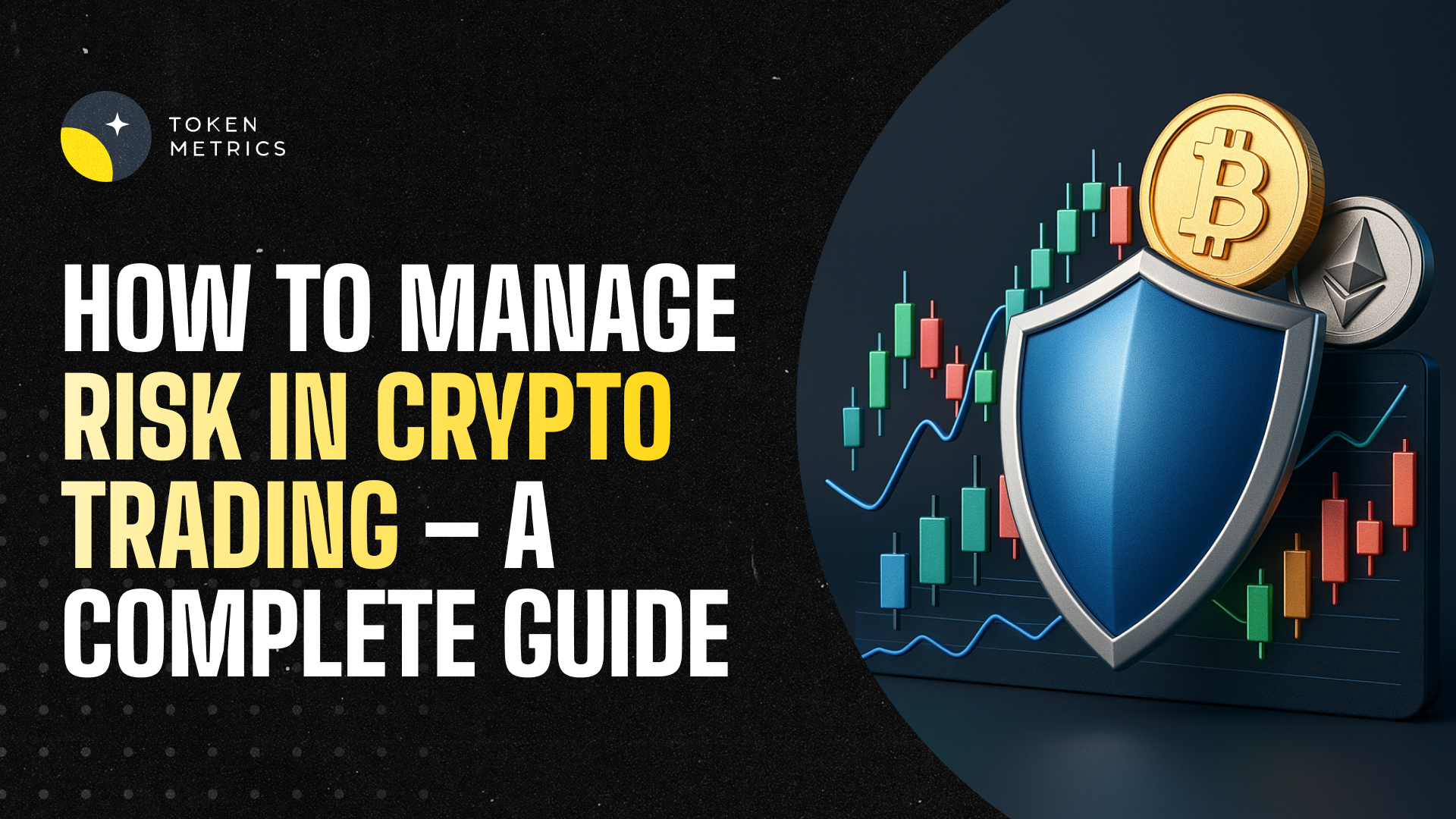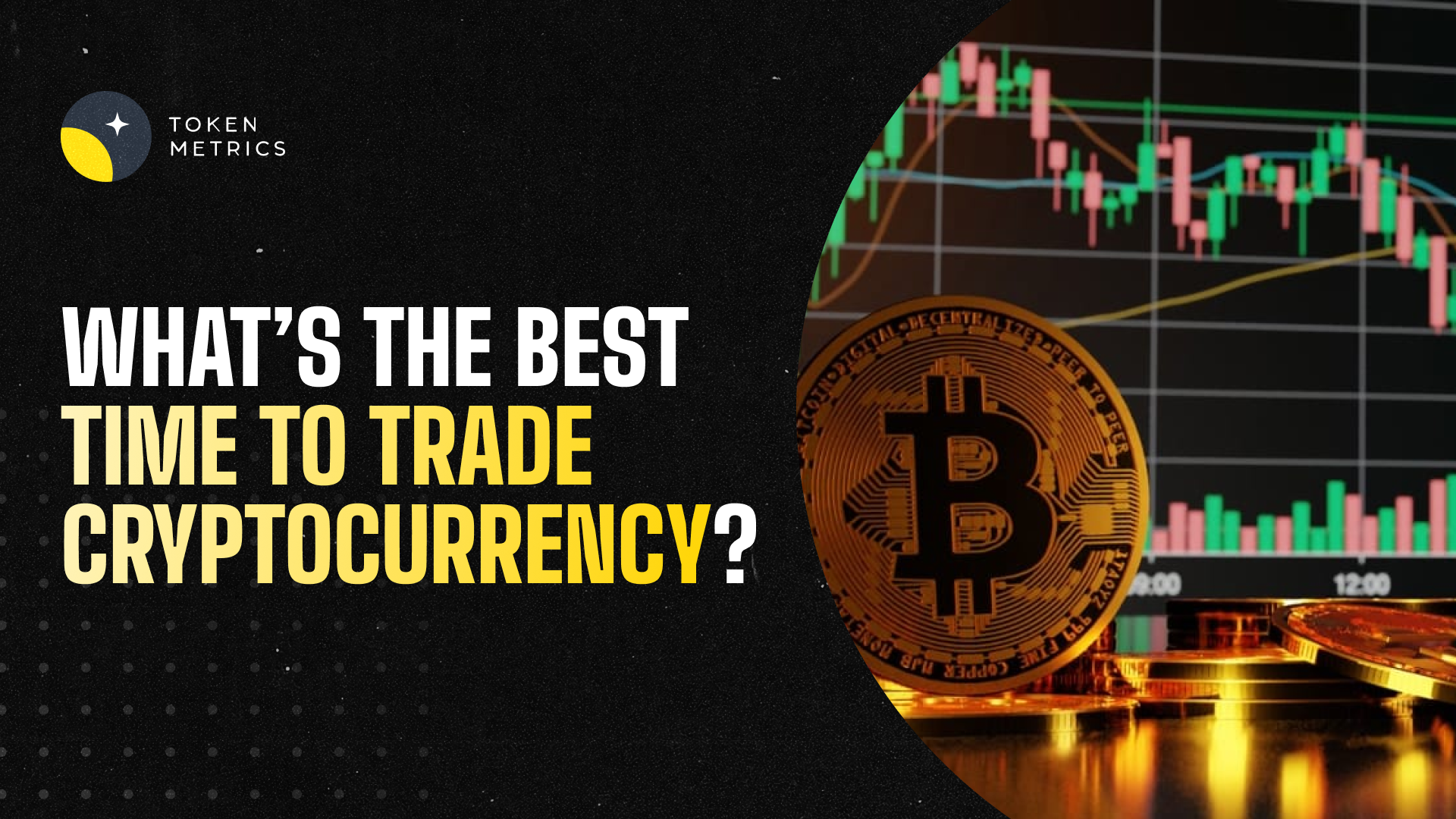Non-Fungible Token (NFT): What It Means and How It Works?

The most expensive NFT sale to date was Beeple's Everydays: The First 5000 Days, which sold for $69.3 million. This highlights the growing interest in NFTs and the potential for them to be used as a vehicle for sharing virtually any form of media using the blockchain.
But what is an NFT? Let's find out.
What is an NFT?
NFTs, or non-fungible tokens, are unique digital assets with blockchain-managed ownership. They are stored on a blockchain and cannot be replicated or destroyed, making them resistant to tampering. NFTs can represent a wide range of items, including game items, digital art, collectibles, event tickets, and even ownership records for physical assets.
Unlike traditional cryptocurrencies, which are interchangeable and can be easily replicated, NFTs are non-fungible, meaning they have unique qualities that make them one-of-a-kind. This is why NFTs have gained popularity in the art world, where they can be used to verify the authenticity of a digital artwork and ensure that it cannot be copied or stolen.
How Can We Ensure Unique Authenticity?
When someone purchases an NFT, they not only receive the artwork itself, but also a digital receipt that proves that the piece is original, unique, and authentic. This receipt is stored on the blockchain and can be easily accessed and verified by anyone who wants to confirm the ownership and authenticity of the NFT.
While it is technically possible for someone to take a screenshot of an NFT and claim that they own it, this does not give them legal ownership of the artwork. Just like taking a picture of the Mona Lisa at the Louvre does not mean that you own the painting, taking a screenshot of an NFT does not give you ownership of the artwork.
To legally own an NFT, you must purchase it using cryptocurrency and store it in a virtual showcase. This allows you to own and display your artwork in a way that is secure and verifiable, and it ensures that you are the legal owner of the NFT.
NFT Basics You Need To Know
Non-fungible tokens (NFTs) are unique digital files that are stored on a blockchain. A blockchain is a decentralized, public digital ledger that records every transaction that takes place on the decentralized web. This means that the entire history of an NFT, including its creator, properties, transactions, and smart contracts, is backed by a powerful blockchain.
NFTs are different from fungible tokens, such as Bitcoin or Ethereum, which are interchangeable and store value. In contrast, NFTs store data on the blockchain, making them unique and non-replicable.
Important Traits Of NFTs
Some key characteristics of NFTs include:
- Digital ownership: NFTs are owned and controlled by the individuals who hold them in their digital wallets.
- Permanent: The data associated with an NFT is permanently stored within the token itself. This can include images, messages, signatures, or any other data.
- Permission-less: NFTs can be built on a permission-less blockchain, such as Ethereum, meaning that anyone can create and use them.
- Programmable: Because an NFT is just a piece of code on a blockchain, it can be programmed to have various attributes. For example, an NFT artwork might be programmed to pay the artist royalties on every secondary sale of that artwork.
- Unique: The uniqueness of an NFT can be verified on the blockchain, ensuring that it is one-of-a-kind and cannot be replicated.
How to Own One?
To create an NFT, there are several steps that you can follow:
- Get your media ready: NFTs support a variety of file types, such as MP3 audio, JPG and PNG images, and 3D files like GLB.
- Set up a non-custodial wallet: This will allow you to securely store the cryptocurrency that you will use to buy, sell, and create NFTs. Wallets are also necessary for signing in and creating accounts on NFT marketplaces.
- Buy Ethereum or other fungible tokens: You will need to purchase cryptocurrency to cover the cost of minting your NFT.
- Connect your wallet to an NFT marketplace: Popular options include Rarible and OpenSea. Connect your wallet by tapping the "Connect" button in the top right corner of the screen. This will create your account and allow you to start creating, minting, and selling your NFTs.
- Upload your file and describe your asset: Once you have connected your wallet, you can upload your file to the marketplace and provide a description of your asset. Decide if you want to create a standalone piece or multiple copies of the same NFT.
- Mint your NFT: The minting process requires Ethereum for transaction approvals. Once complete, your digital artwork will be ready to be traded and purchased on the marketplace.
Once you have created your NFT, there are several things that you can do with it:
- Buy and sell it on a marketplace
- Trade or gift it to others
- Use it in apps or games
- Showcase your public NFT inventory on a platform or social media.
The Secondary Markets for NFTs
NFT minting platforms enable creators to create non-fungible tokens (NFTs) to retain more control over their creative output. These NFTs can be sold on the following secondary marketplaces:
- OpenSea: The first and largest marketplace for NFTs, OpenSea is committed to using open protocols like Ethereum and interoperable standards like ERC-721 and ERC-1155 to enable new digital economies. The platform allows consumers to trade items freely, creators to launch new digital works, and developers to build marketplaces for their digital items. It recently launched the beta version of its Solana-based NFT marketplace.
- Coinbase NFT: Coinbase recently opened its NFT marketplace to the public in beta. The marketplace acts as a social media platform where users can buy, sell, and interact with NFTs. It aims to make minting, purchasing, showcasing, and discovering NFTs easier.
- Solanart: Solanart is the first and largest fully-fledged NFT marketplace on Solana. Users can easily access digital collectibles and explore, buy, and sell NFTs that run on the Solana blockchain.
- Rarible: Rarible is a do-it-yourself NFT marketplace where creators can mint NFTs with ease. The platform's native governance token, "RARI," is used to incentivize users and give the community a voice. However, unrestricted access means that Rarible has become a place for people to mint counterfeit versions of existing NFTs.
- Nifty Gateway: Owned by the Gemini crypto exchange, Nifty Gateway is a popular NFT marketplace that focuses on user-friendly and viral drops by celebrated artists.
- SuperRare: SuperRare (SR) is one of Ethereum's first crypto-art NFT marketplaces. Only accepted artists can participate in the platform, where users can discover, buy, and sell tokenized digital art and showcase their collections.
The demand for secondary NFT sales is growing rapidly, leading to increased competition among these marketplaces. Like the early days of Web 1 and 2.0, the emergence of Web 3.0 has created an open market where these platforms must find ways to attract and retain customers.
Some Notable NFT Projects
The thriving NFT market has led to the launch of several high-value projects, including the following companies:
- Yuga Labs: a blockchain technology company that develops Ethereum-based NFTs and digital collectibles. Yuga's first project, Bored Ape Yacht Club, is one of the most valuable NFT collectibles in the space. The company has also rewarded its holders with free NFTs and other perks. Yuga Labs recently acquired Larva Labs, which brings high-value projects like Cryptopunks and Meebits under the Yuga brand. The company is backed by investors like Coinbase, Samsung, and Mark Cuban.
- Doodles: a collection of 10,000 Ethereum-based NFTs featuring unique visual traits designed by BurntToast. The Doodles collection includes rare heads, costumes, and colorways, and the universe is ever-expanding. Owners of Doodles have exclusive access to new products, merchandise, and events.
- Okay Bears: a collection of 10,000 Solana-based NFTs. Ownership of an Okay Bear grants access to a virtuous community that will extend beyond the internet into the real world.
The Future of NFTs
Blockchain technology is known for its ability to represent assets and prove ownership. NFTs take this a step further by enabling people to potentially purchase non-fungible assets like land and gold. The global market cap for gold and real estate is over $300 trillion, so even a small percentage of that being tokenized would greatly increase the total crypto market cap. Tokenized real estate offers ordinary people the opportunity to invest in real estate, which has traditionally been difficult for the average person to participate in.
NFTs also have applications in other industries. For example, Nike recently filed a patent for NFT-enabled sneakers called "CryptoKicks." In 2019, Louis Vuitton announced plans to use NFTs to track the ownership of luxury fashion items. NFTs can also be used to tokenize certifications, degrees, and licenses, as well as sensitive data like medical records. The potential for NFTs to show ownership of any non-fungible commodity, whether real or virtual, is vast.
In conclusion, the use of non-fungible tokens (NFTs) has expanded beyond digital art and collectibles to include a wide range of real and virtual assets. The ability of NFTs to represent and prove ownership offers exciting possibilities for industries such as real estate, fashion, and even healthcare. As the technology and market continue to evolve, the potential applications for NFTs are endless.
Create Your Free Token Metrics Account

.png)




%201.svg)
%201.svg)


%201.svg)
















.svg)




.png)